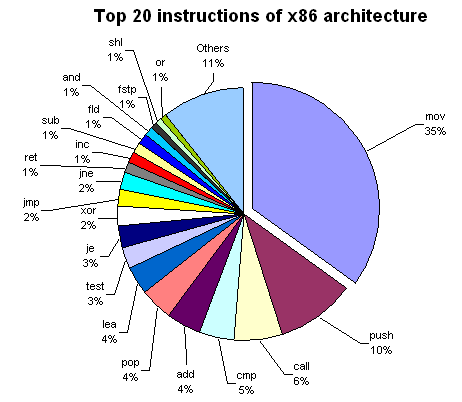When the first HT processors were released it was difficult for some users to decide whether to enable it, because many of them were still using operating systems that were not optimized for hyper-threading technology (e.g. Windows 2000) Also, since most computers had previously had single-threaded processors, few programs were able to take advantage of the feature on their own.
http://en.wikipedia.org/wiki/Hyper-threading
This is why the P4 had such a hard time and took a huge hit in performance . Now all that has changed .
Now get back on topic !
Well...okay It took Intel & Microsoft till Windows 7 to get Hyperthreading to perform pretty well
(There are still cases where Hyperthreading gets negative scaling)
AMD & Microsoft are already working on solutions to improve CMT(Windows 8 being the best and Windows 7 patches being the money saver so you don't have to buy Windows 8)
But the issue isn't really CMT any performance loss isn't actually the fault of the architecture but they will fix those problems that look like it is the architecture with the architectural fixes
And now why did I post these most used x86 instrustions well Vishera will got an IPC boost
LEA and CALL are already used in the AGLUs
But with Late Piledriver 20h-2Fh
(Trinity is 10h-1Fh
Bulldozer is 00h-0Fh)
AGLUs can then process MOV instructions which are 25-35% of all Integer IPC in most applications
BEXTR reg, reg, reg
MOV reg, reg
XADD reg, reg
XCHG reg32, reg32
XCHG reg64, reg64
^all the instructions that can be processed with the AGLUs with Vishera
Bulldozer is Win...
Bulldozer is CMT in my case
00h-0Fh is relatively unoptimized that is why it has 0s in its name it's the beginning(everything begins at zero)
If Orochi is your thing you should pay attention to
00h-0Fh(H2 2011) -> 20h-2Fh(H2 2012) -> 40h-4Fh(H2 2013) -> 60h-6Fh(H2 2014)
Zambezi -> Vishera/Komodo -> Steamroller -> Excavator
If Llano is your thing
10h-1Fh(H1 2012) -> 30h-3Fh(H1 2013) -> 50h-5Fh(H1 2014)
Trinity -> Kaveri -> Excavator









